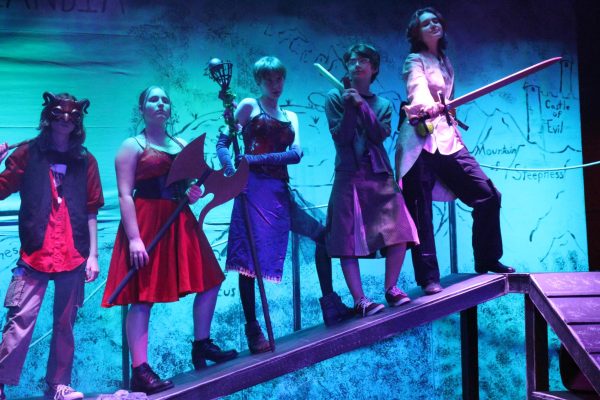This Masterpiece Shouldn’t Be Hidden Behind a Mask
I have seen the 2004 The Phantom of the Opera movie about 1500 times and love it more every time. It wasn’t until this year that I read the 1910 novel by Gaston Leroux the film is based on. And to be quite honest, I love the book just as much, but for very different reasons.
The story, told from Raoul’s perspective, is about a young girl named Christine Daae`, an up-and-coming opera singer, and her tumultuous relationship with a mysterious masked man who lives in the basement and has become her unofficial singing tutor. Christine naively believes that the Phantom is her guardian angel, her Angel of Music, sent by her father who passed away. Entranced, Christine allows herself to be taken into the depths of the Opera House. However, when his mask is torn off, she understands the horror of her situation and the complicated nature of her captor. And from there, Christine learns to care for, not the Phantom, but Erik, the disfigured and abused man hiding beneath the mask.
Leroux plays with perspective by telling Christine & the Phantom’s story through other characters, namely Raoul, Christine’s boyfriend, and later the Persian. Learning about events from others’ perspectives preserves the mystery and suspense in the plot. If this was told from Christine or the Phantom’s perspective, it would be an entirely different, and much shorter, book.
The book humanizes Erik more than the 2004 film. Readers get a better understanding of his nature and how he became “The Phantom.” Leroux switches from Raoul’s 3rd person narration to the Persian’s first-person narrative, a character we don’t meet until the last quarter of the novel. The Persian recounts his past encounters with and impressions of Erik, allowing the reader to look back on Erik’s choices and behavior with a new lens. The movie, on the other hand, tries to turn The Phantom into a more human character via his “relationship” with Christine (if it can be called that), without ever saying his real name or really delving into his history. This didn’t bother me until after I read the book and learned who Erik really is. The reader has a much stronger sympathy for what Erik has been through than the film viewer. The reader can see that like Frankenstein’s “Monster,” who really only becomes a monster because his creator abandons him, Erik would have been a different man had his parents not been repelled by his deformity. His entire life, he is abused and neglected, hardening his heart and turning him against the world.
This story feels very similar to books like Robert Louis Stevenson’s Strange Case of Dr Jekyll and Mr Hyde and Mary Shelley’s Frankenstein because of the way the horror is handled within the story, so if you like those, you will probably like this. If you’re a fan of The Phantom of the Opera movie and want to understand Erik better, give the novel a try.







